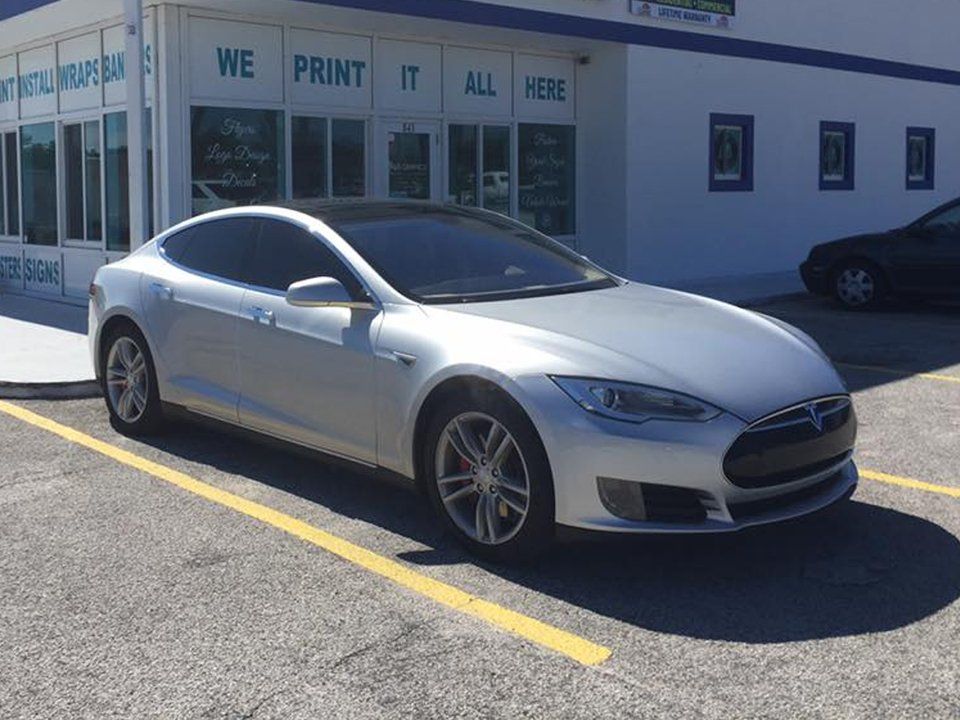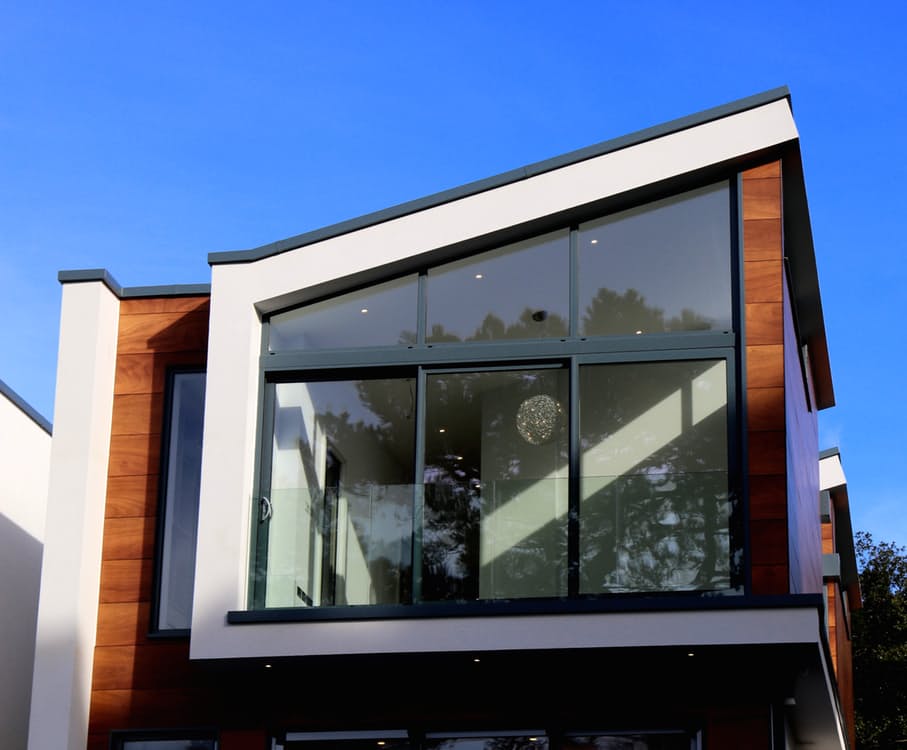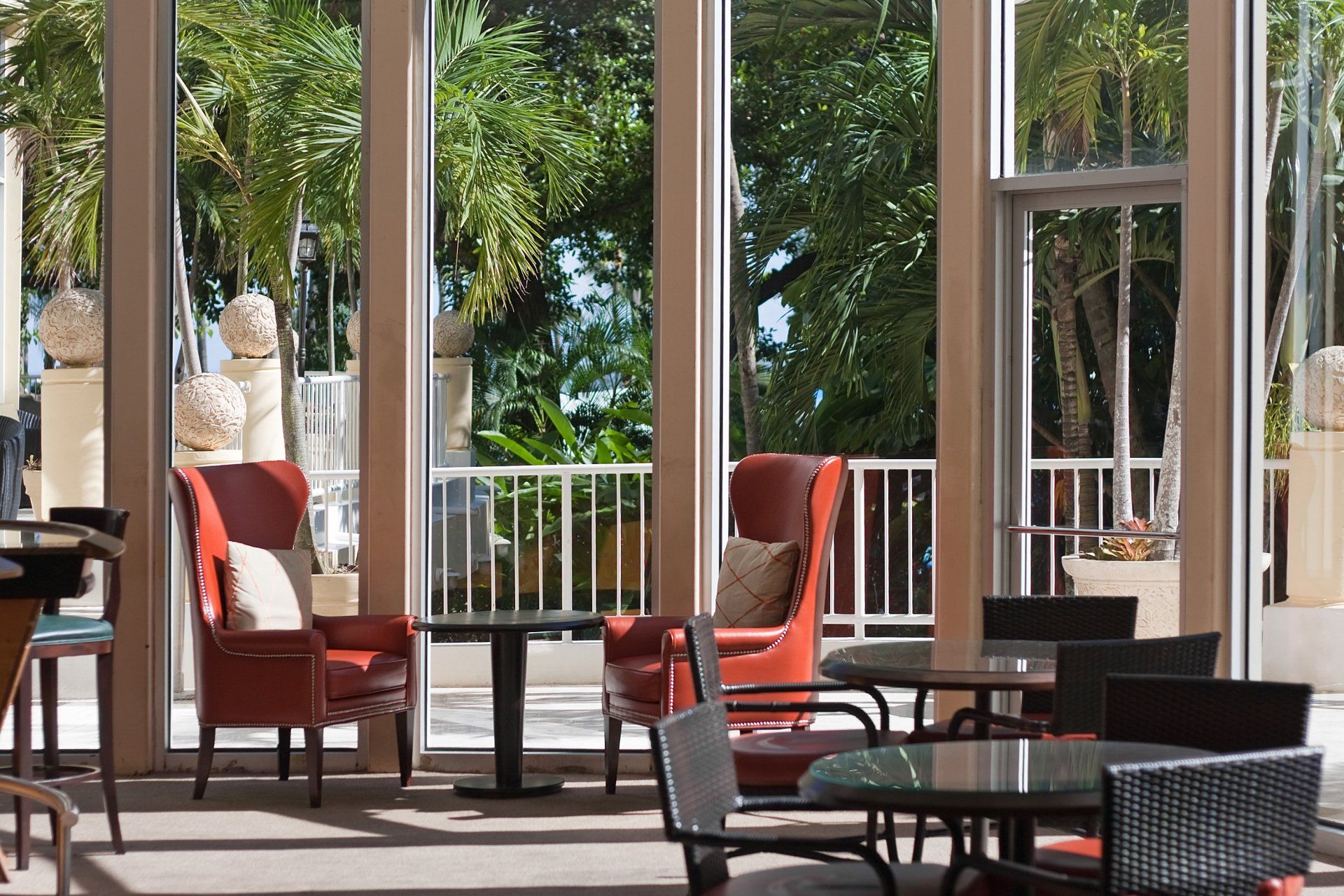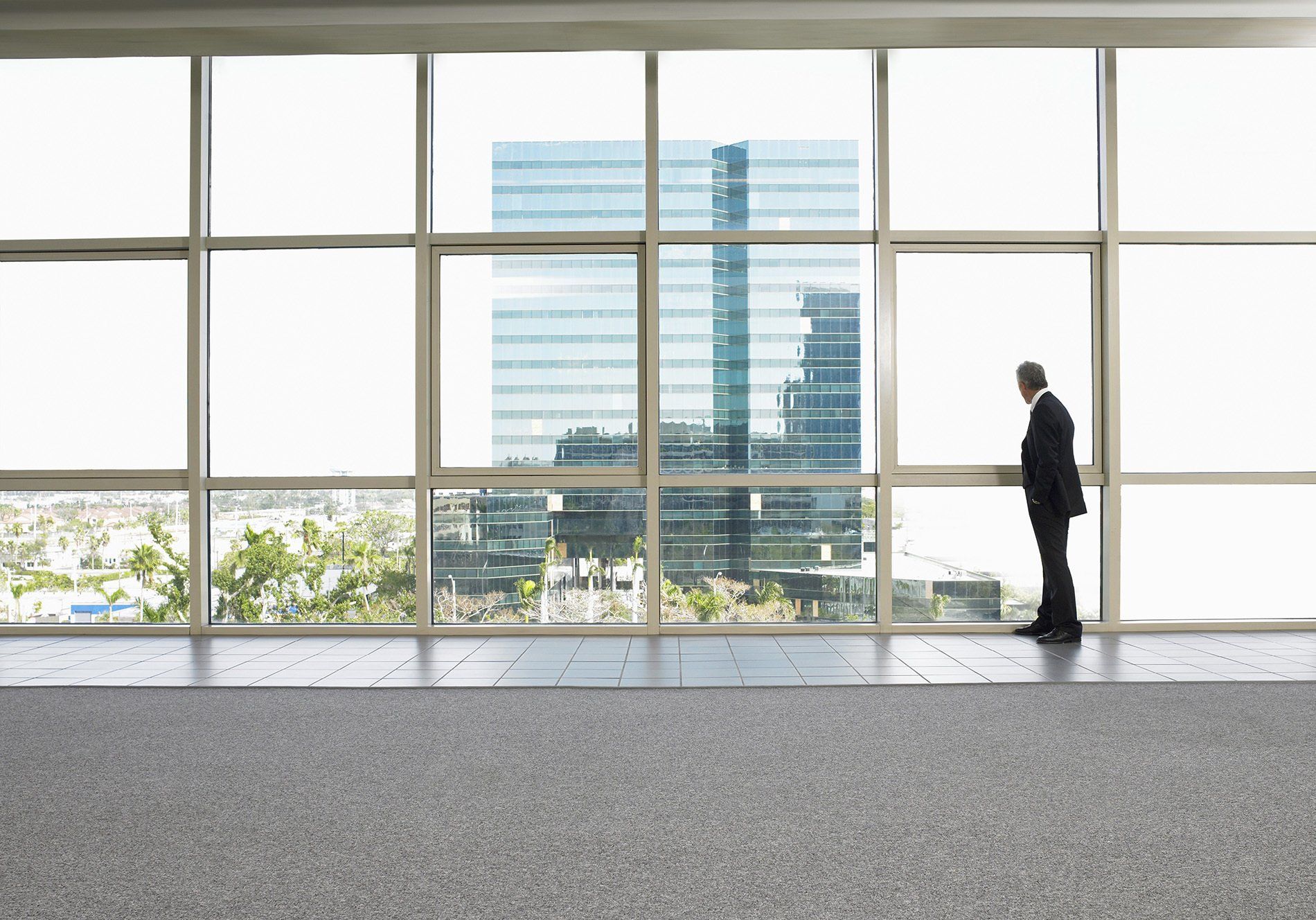CALL US: (321) 243-3666
2705 N Cocoa Blvd, Cocoa, FL 32922
Cocoa's Best Commercial Window Tinting Services
Lower energy costs and increase tenant comfort with commercial window tinting.
FREE ESTIMATECocoa's Best Commercial Window Tinting Services
Lower energy costs and increase tenant comfort with commercial window tinting.
FREE ESTIMATEComfort and protection for your business and tenants
With Solarwaves Window Tinting's premium films, you get the tools to raise the style, performance and safety of buildings to new levels. Whether your clients are looking to improve occupant comfort, lower energy costs, enhance privacy, or protect against graffiti, our commercial window tinting exceeds expectations of even the toughest customers with convincing results.
- Increased tenant comfort and reduced tenant complaints
- Tenant retention due to more usable space – eliminates hot and cold spots
- Updates building appearance without changing the overall exterior appearance
- Rapid return on investment
- Reduce tenant complaints and increase tenant comfort
- Provides a more uniform appearance of a building
Commercial Window Tinting Benefits
1. Save on heating and cooling causes by filtering what is allowed in and out of your windows.2. Protect your employees, merchandise, and equipment by blocking 99% of UV rays.3. Stop glare from direct sun, snow, water, or surrounding buildings.4. Enhance the look of your building by selecting a window film to improve the appearance of the exterior.
Energy saving window film reduce utility costs up to 15%
Getting temperature fluctuations under control can get you annual energy savings of up to 15%.
In many buildings, temperature fluctuations (and subsequent energy bills) are due to sunlight streaming through office windows. Too much sun and things heat up. But when the sun shifts or goes down, so does the temperature.
The U.S. Department of Energy estimates that one-third of a building’s cooling load is from solar heat gain through windows, and nearly 75% of existing windows are not energy efficient.
One easy, and cost effective way to keep the temperatures in your building as constant as possible is with our energy-saving window film.
Professional energy audits estimate that buildings retrofitted with commercial energy-saving window films can realize annual energy savings as high as 15%, with reduced carbon emissions and a payback often as low as three years.
Energy-saving window film vs. window replacement
When you’re deciding between window replacement or installing energy-saving window film on existing windows in a commercial building, a number of factors may affect the choice you make.
Tenant complaints are often an early sign that your building’s windows need attention. New windows don’t always address complaints about heat or glare, and energy-saving window film can’t fix leaks or moisture, so identifying the real problem will help you focus in on the right window solution.
If the windows have air or moisture leakage, failed seals, or damaged frames (or if they aren’t structurally sound), then window film installation isn’t an option to address complaints or window problems. But if your building’s windows are structurally sound and in good condition, window film can often take care of several of the common problems associated with windows in commercial buildings.
Cutting heat and glare for a better work environment
Increase energy savings with solar control window film.
Comfort and Productivity
Increase employee comfort and productivity and save on energy costs with our commercial window film.
Hot and cold tenant calls come with the territory when managing a commercial building. Yes, it can be irritating at times. But it pays not to ignore this important feedback from tenants and occupants. In many cases, what’s good for thermal comfort is also good for your building’s utility bills.
Our Commercial Solar Control Window Films provide a cost-effective option that can increase both employee and tenant comfort
Solar control window film allows natural light in without glare.
Leaving blind and shades open reduces the need for lamps and overhead lighting – reducing costs – while helping occupants maintain a much desired connection with the outdoors.
We help eliminate hot and cold spots
By reducing heat and solar energy, commercial window film can help even out the hot and cold spots throughout your building. The result is more satisfied tenants and greater employee comfort.
It also works in attracting premium tenants who more and more are looking for “green upgrades” that can provide proven energy savings.
When comparing costs, it’s important to remember that the latest window film technology is a fraction of what you’d spend for replacement windows. And window film works to reduce the HVAC load.
UV Protection for your building
Protect people and furnishings from harmful UVA Rays.
The sun offers many benefits, such as increased productivity and reduced reliance on electric lighting; but the sun’s UV rays can also damage skin and building assets if they’re not controlled.
UV rays can penetrate windows in commercial buildings, homes and automobiles, exposing occupants and interior furnishings to an invisible danger. UV rays can fade furniture, wall coverings, artwork, fabric,flooring and window merchandise displays. UVA rays are also linked to skin cancer. This exposure is cumulative, so the total damage an occupant receives is directly related to how often they’re exposed to UV rays.
Commercial solar control window film is one of the easiest ways to mitigate UV damage. It can block more than 99% of harmful UV Rays while offering unobstructed views, allowing natural daylight inside. Window films also reduce solar heat gain, which may lower cooling costs. Newer low-e window films offer year-round HVAC savings by helping keep radiant heat inside in the winter and outside in the summer. Window film is recommended by The Skin Cancer Foundation as part of a comprehensive skin care program.
Solarwaves Window Tinting
2705 N Cocoa Blvd
Cocoa, FL 32922
(321) 243-3666
Business Hours:
Monday - Friday: 9am to 5pm
Saturday - Sunday: CLOSED
© 2025
All Rights Reserved | Solarwaves Window Tinting













